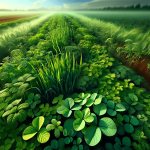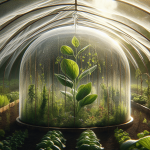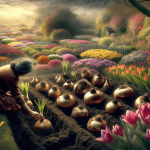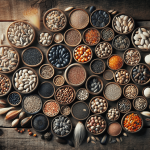This post may contain affiliate links. As an Amazon Associate, we may earn commissions from qualifying purchases.
If you’ve ever felt a bit unsure about when to start planting specific vegetables, flowers, or herbs, you’re not alone. Figuring out the perfect timing can be a challenge, but fear not, because this article will provide you with all the tips and information you need to ensure your plants thrive. Whether you have a green thumb or are just starting your gardening journey, knowing when to plant can make all the difference in the success of your garden. So, let’s dig into the details and discover the best times to sow those seeds and watch your garden flourish.
Vegetables
Tomatoes
Tomatoes are one of the most popular vegetables to grow in home gardens. They are not only delicious but also versatile, making them a staple in many dishes. The best time to plant tomato seedlings is typically in the spring, after the chance of frost has passed and the soil has warmed up. This is usually around late April or early May. However, if you are starting from seeds, you can start them indoors about six to eight weeks before the last expected frost date.
Carrots
Carrots are a root vegetable that is easy to grow and packed with nutrients. The best time to plant carrot seeds is in the early spring, about two to three weeks before the last expected frost date. Carrots prefer cool temperatures and can tolerate light frost, so they can be planted as soon as the soil is workable. Make sure to plant them in loose, well-drained soil to allow the roots to grow straight and deep.
Lettuce
Lettuce is a leafy green vegetable that can be enjoyed in salads, sandwiches, or as a garnish. It is a cool-season crop that prefers mild temperatures. The best time to plant lettuce seeds is in the early spring as soon as the soil can be worked. Lettuce thrives in temperatures between 60 to 70 degrees Fahrenheit. In warmer climates, it can be planted in the fall for a second harvest. Consider planting different lettuce varieties to enjoy a variety of flavors and textures.
Peppers
Peppers, whether sweet or hot, are a popular addition to many recipes and can be easily grown in home gardens. The best time to plant pepper seedlings is in the late spring, when all danger of frost has passed and the soil has warmed up. Pepper plants require warm temperatures and plenty of sunlight to thrive. Make sure to space the plants appropriately to allow for proper air circulation and reduce the risk of diseases.
Onions
Onions are a versatile vegetable that adds flavor to a wide range of dishes. They can be grown from seeds, sets, or transplants. The best time to plant onion sets is in the early spring, as soon as the soil is workable. Onions prefer cool temperatures and need a long growing season to develop full-sized bulbs. They are typically ready to harvest when the tops start to dry and fall over. Proper drying and storage will ensure their long shelf life.
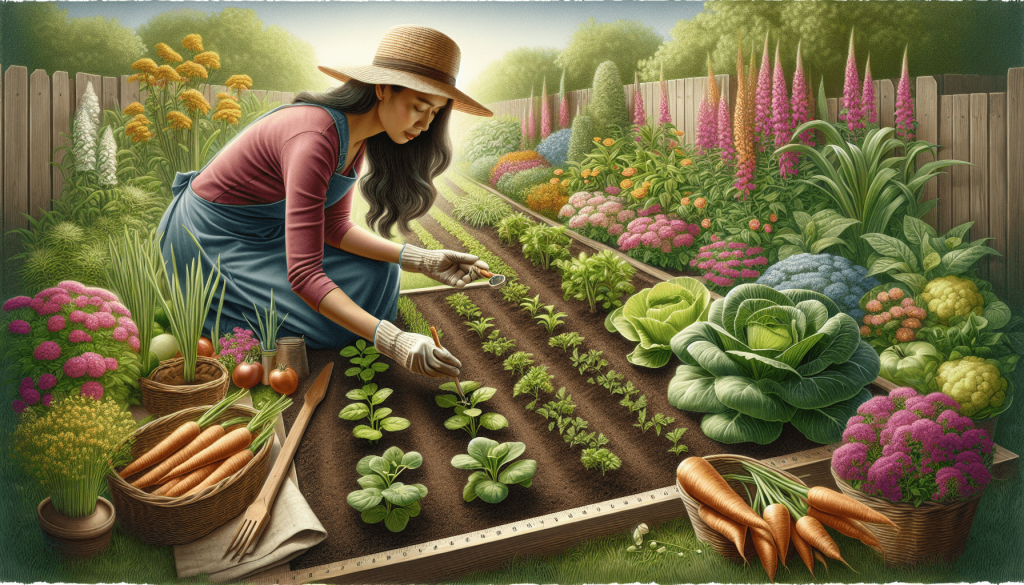
Flowers
Roses
Roses are classic and timeless flowers that are loved for their beauty and fragrance. The best time to plant rose bushes is in the early spring or fall. Planting in cooler temperatures allows the roots to establish before the stress of summer heat or winter cold. When planting roses, make sure to choose a sunny location with well-drained soil. Regular pruning, watering, and fertilizing will keep your roses healthy and blooming.
Tulips
Tulips are vibrant and elegant spring flowers that come in a variety of colors and shapes. The best time to plant tulip bulbs is in the fall, about six weeks before the first hard frost. Tulips require a period of cold dormancy to bloom, so planting them in the fall allows them to establish roots before winter sets in. Choose a sunny spot with well-drained soil and consider planting in clusters for a more dramatic display.
Sunflowers
Sunflowers are cheerful and sun-like flowers that bring a burst of color to any garden. They are easy to grow and can reach impressive heights. The best time to plant sunflower seeds is in the late spring, after all danger of frost has passed and the soil has warmed up. Sunflowers thrive in full sun and well-drained soil. Provide support for taller sunflower varieties to prevent them from toppling over in strong winds.
Daffodils
Daffodils are charming and cheerful spring flowers that announce the arrival of warmer weather. They come in a range of colors and sizes, and their bulbs multiply over time. The best time to plant daffodil bulbs is in the fall, about four to six weeks before the ground freezes. Daffodils prefer well-drained soil and full to partial sun. Plant them in clusters or along walkways for a vibrant and inviting display.
Lilies
Lilies are elegant and fragrant flowers that come in various colors and sizes. They are perfect for adding a touch of sophistication to your garden. The best time to plant lily bulbs is in the fall, about six weeks before the ground freezes. Lilies prefer slightly acidic soil, good drainage, and a sunny location. Plant them at a depth that is three times the height of the bulb and enjoy their stunning blooms year after year.
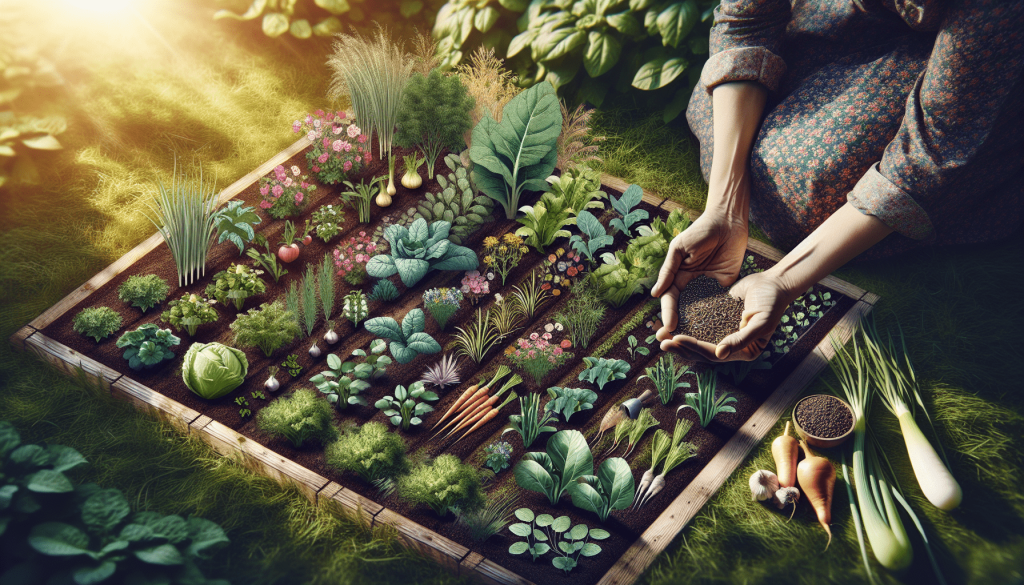
Herbs
Basil
Basil is a fragrant herb commonly used in Italian cuisine and beloved for its distinctive flavor. It can be grown from seeds or transplants. The best time to plant basil is in the late spring after the last expected frost date. Basil requires warm temperatures and plenty of sunlight to thrive. Plant it in well-drained soil and keep it well-watered. Pinch off the top leaves regularly to promote bushier growth and prevent flowering.
Mint
Mint is a refreshing and aromatic herb that is perfect for adding a burst of flavor to beverages, salads, and desserts. It is a fast-growing herb that is best grown in containers to prevent it from spreading. Mint can be planted in the spring after the danger of frost has passed. It prefers partial shade and moist, well-drained soil. Regularly harvesting the leaves will encourage new growth and keep the plant healthy.
Rosemary
Rosemary is an evergreen herb with a fragrant aroma and a pine-like flavor. It is a versatile herb that can be used in a variety of dishes, from roasted meats to baked goods. The best time to plant rosemary is in the spring after the last frost date or in the fall. It prefers well-drained soil and full sun. Rosemary is a drought-tolerant herb, so be careful not to overwater it. Prune regularly to maintain its shape and encourage new growth.
Thyme
Thyme is a herb with a subtle, earthy flavor that pairs well with a variety of dishes, including soups, stews, and roasted vegetables. It is a perennial herb that can be grown from seeds, transplants, or cuttings. The best time to plant thyme is in the spring after the last frost date. Thyme prefers well-drained soil and full sun. Regularly trimming the plant will keep it compact and encourage fresh growth.
Parsley
Parsley is a versatile herb commonly used as a garnish but can also add flavor to a wide range of dishes, such as soups, salads, and pasta sauces. It is a popular herb to grow in home gardens due to its ease of cultivation. The best time to plant parsley seeds or transplants is in the spring after the last frost date. Parsley prefers well-drained soil and partial shade, especially in hotter climates. Harvest the outer leaves regularly to encourage continuous growth.
Now armed with the knowledge of when to plant specific vegetables, flowers, or herbs, you can confidently plan your garden and enjoy the rewards of a bountiful and beautiful harvest. Remember to consider your local climate and gardening zone for more specific planting dates and techniques. Happy gardening!

